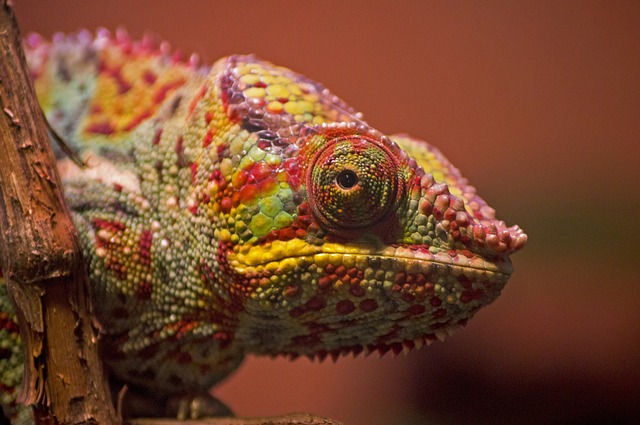
“Exploring the Fascinating World of Reptiles: A Comprehensive Guide”
Exploring the Fascinating World of Reptiles: A Comprehensive Guide
Reptiles have always held a unique allure in the natural world. Their ancient lineage, mysterious behaviors, and diverse forms inspire both curiosity and admiration. Whether you’re a seasoned herpetologist or someone just beginning to appreciate these remarkable creatures, diving into the world of reptiles offers endless fascination.
Understanding Reptiles: The Basics
Reptiles belong to a class of cold-blooded vertebrates characterized by their scaly skin, laying of shelled eggs, and sprawling gait. This group includes snakes, lizards, turtles, crocodilians, and tuataras. One of the most captivating traits of reptiles is their adaptability; they have thrived for millions of years in environments ranging from scorching deserts to lush rainforests.
The Diversity Within Reptiles
The diversity among reptiles is staggering. For instance, consider the colorful chameleons, masters of camouflage with their ability to change color in an instant. Contrast that with the imposing saltwater crocodile, a true apex predator. Turtles and tortoises bring a gentle, ancient presence with their slow movements and long lifespans, while snakes offer an elegant, sometimes intimidating form of locomotion and hunting strategy.
Why We Connect With Reptiles
There’s something primal and almost mystical about reptiles. Their cold eyes, unblinking gaze, and deliberate movements invoke a sense of ancient wisdom and survival. For many, reptiles represent resilience and enduring life in a rapidly changing world. Keeping reptiles as pets further deepens this connection; they require patience, respect, and a genuine understanding of their natural behaviors.
Reptiles in Culture and Science
Over centuries, reptiles have woven themselves into mythology, art, and symbolism. From the serpent in ancient stories symbolizing knowledge or danger, to the turtle revered as a symbol of longevity and perseverance, reptiles are deeply embedded in human culture.
Scientifically, reptiles continue to be a vital subject of study, helping us understand evolution, environmental changes, and even medical advances. Their ability to regenerate tails, for example, sparks ongoing research in regenerative medicine.
How to Start Exploring Reptiles
If this guide sparks your interest, consider visiting natural history museums, botanical gardens with reptile exhibits, or local nature reserves. For the more adventurous, herping—the practice of searching for reptiles in their natural habitat—offers a thrilling way to connect firsthand with these creatures.
Above all, respecting their role in ecosystems and the threats they face from habitat loss and climate change is essential. Reptiles play critical roles as predators and prey alike, maintaining balance in their environments.
Embarking on this journey into the world of reptiles enriches our understanding of nature’s complexity and the remarkable adaptations that have allowed these creatures to persist through the ages.



